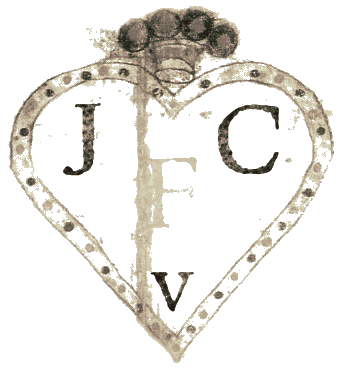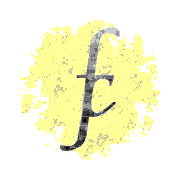

 |
Constance Fenimore Woolson
and Henry James in Venice
|
For me it really started with the Henry James
biographical novel glut in 2004. The story of the ambiguous and oddly
authentic relationship between Henry James and fellow author Constance Fenimore
Woolson can't help but touch readers of David Lodge's Author, Author and
(especially) Colm Toibin's The Master.
(The glut is
explored by David Lodge himself, in an essay in a book called The Year
of Henry James: The Story of a Novel published in May 2006.) I later
found that Edward Sklepowich had beaten them all to it with a modern-day
version of the relationship in his novel
Death in a serene city in 1990. |

Books
|
A lovely little book from an always-reliable publisher with
a strong Venetian-subject bias in it's catalogue. It has good notes
and introduction by Rosella Mamoli Zorzi, the woman whose name seems to be
on all the better books about Henry James in Venice. This volume contains
mostly letters he wrote from the Palazzo Barbaro (pictured below) whilst
staying with the Bostonians Ariana and Daniel Curtis, and later with
Isabella Stewart Gardner, also from Boston, to whom the couple later
rented the palazzo. There are also some letters he wrote to the Curtises
and a few from them. Sometimes the letters
read like lists of the members of smart and arty set the house attracted,
but elsewhere you get that thrill of recognising events you've read about,
and with that feeling of authenticity that letters confer. Miss Woolson's
suicide is the subject of a couple of letters, and HJ's resistance to
admitting to any reason for it beyond the woman's mental make up is
unmistakable. He puts his loss of enthusiasm for Venice in the wake of her
death down to his getting bored with the social pressures, rather than any
feelings of sorrow or guilt at her passing. A little ironic that, bearing
in mind how he seems to relish the social scene and intrigues. |
|
|
Places
|
Casa Semitecolo |
|
|
CFW would be buried in the Cimitero Acattolico in Rome. This cemetery, also known as the Protestant Cemetery and the English Cemetery, neither of which is strictly accurate, is also the last resting place of Keats, Shelley and John Addington Symonds. Later burials have included Antonio Gramsci, Belinda Lee and Andrea Camilleri.
|
|
|
|
The Palazzo Barbaro is made up of the two paler palazzos joined together left of centre in this photo, with the Accademia bridge just out of shot to the left. This is where HJ famously stayed with the Curtises of Boston and where he wrote The Aspern Papers. It's the model for the Palazzo Leporelli which Milly Theale rents in The Wings of the Dove, and was used in the film of the book. It was also used as the palazzo Sebastian's father (played by Lawrence Olivier) stays at in the TV adaptation of Brideshead Revisited. It's where the vampire hunter Professor Catalano (Christopher Plummer) stays in Nosferatu in Venice too. The letters in the collection reviewed above were mostly sent from here, as you might guess from the title. The Curtis family still own most of the main, left-hand, palazzo but had to sell off the piano nobile recently, as recounted in John Berendt's book The City of Falling Angels. |

Constance Fenimore Woolson
|
In recent years Constance
Fenimore Woolson
has begun to get the recognition and attention she deserves as a writer. From a minor novelist and short story writer she has
been transformed into a 'pioneering nineteenth century author'. There is also now some conjecture that her death was an accident and not
suicide at all. You might put this is down to her being rediscovered by feminist
theorists who need her not to be a victim, or see it as a necessary
counter to her previous status as the niece and friend of famous men and merely an "elderly devoted spinster", as Leon Edel,
Henry James' biographer, describes
her. Amongst her books devoted to Italian subjects are Italian Villas
and their Gardens and Italian Backgrounds, a collection of
essays.
In 2016 Constance Fenimore Woolson: Portrait of a Lady
Novelist by Anne Boyd Rioux was published. Ms Rioux has also
edited a new volume of CFW's stories, called
Miss Grief and Other Stories. |
|
|
|
|
 |
|
With profuse thanks to Carolyn and Marianne for
all their original suggestions and encouragement.

Venice
//
Florence // London
// Berlin
Home